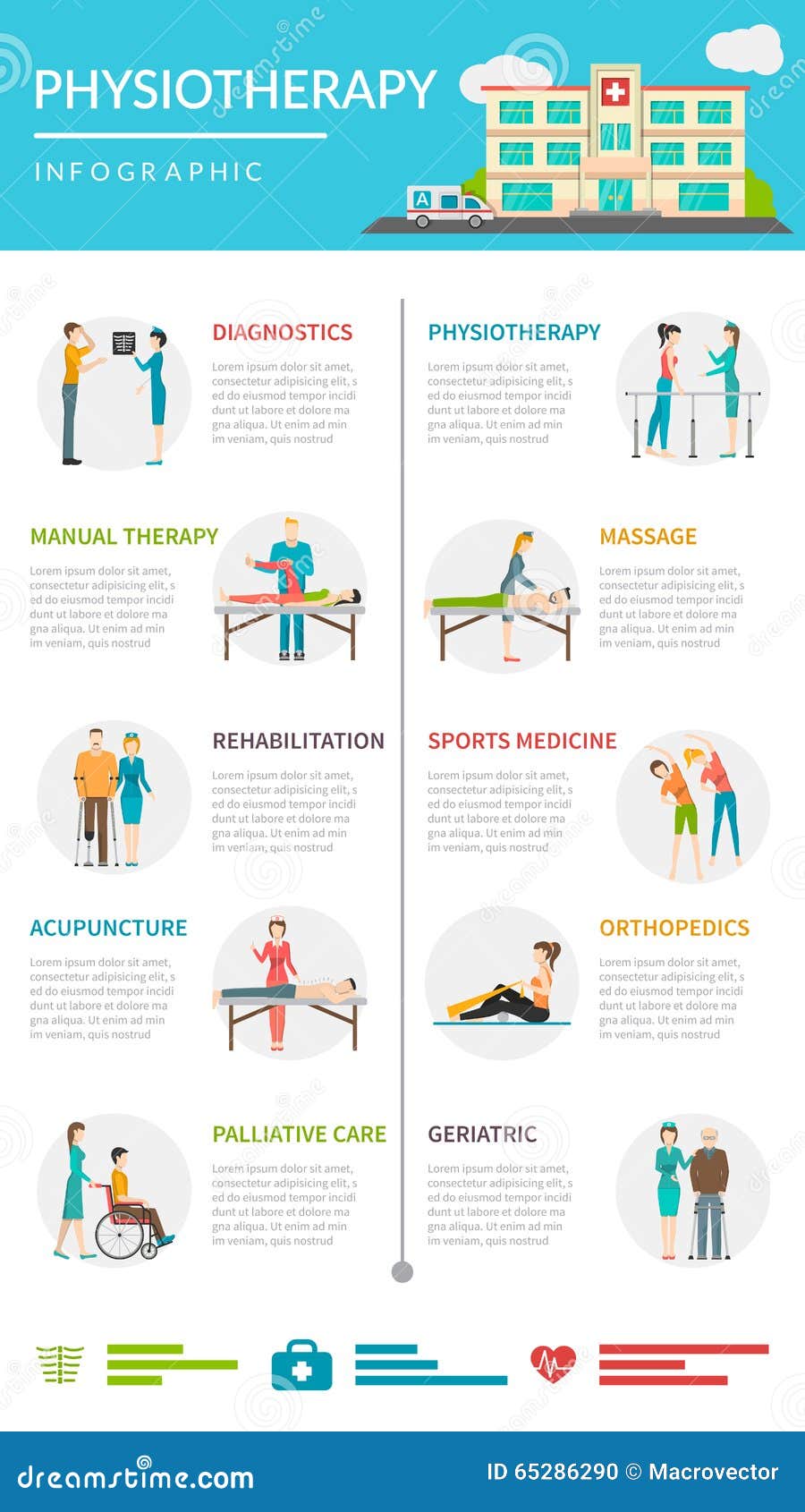The Relationship In Between Posture And Pain In The Back: Approaches For Keeping Proper Placement Throughout The Day
The Relationship In Between Posture And Pain In The Back: Approaches For Keeping Proper Placement Throughout The Day
Blog Article
source web page Develop By-Williford Thaysen
Preserving appropriate posture isn't nearly sitting up right; it has to do with straightening your body in a manner that sustains your back and decreases the threat of neck and back pain. The means you sit, stand, and move throughout the day can substantially influence your spinal wellness. However just how exactly can you make sure good placement constantly, even during hectic days full of various tasks? Let's delve deeper right into the subtle yet impactful modifications you can make to your daily regimen to maintain your back delighted and healthy.
Value of Correct Position
Proper posture is vital in preserving a healthy back and avoiding pain. When you sit or stand with excellent pose, your spinal column is in positioning, decreasing strain on your muscles, tendons, and joints. This placement allows the body to distribute weight uniformly, avoiding excessive anxiety on specific areas that can lead to discomfort and discomfort. By maintaining your spinal column correctly lined up, you can also enhance your breathing and food digestion, as slouching can compress body organs and restrict their capability.
Moreover, preserving good pose can boost your general appearance and confidence. When you stand tall with your shoulders back and head held high, you emanate self-confidence and appear more approachable. Great stance can also make you really feel a lot more invigorated and alert, as it advertises correct blood circulation and permits your muscle mass to work efficiently.
Including proper stance into your daily regimen, whether resting at a workdesk, walking, or exercising, is essential for avoiding pain in the back and advertising general wellness. Keep in mind, a little modification in just how you hold on your own can make a substantial difference in exactly how you feel and work throughout the day.
Common Postural Mistakes
When it comes to keeping great posture, many people unconsciously make typical errors that can add to pain in the back and discomfort. Among the most common errors is slouching or stooping over while resting or standing. This setting puts excessive pressure on the spinal column and can result in muscle mass imbalances and pain in the long run.
One more typical blunder is overarching the reduced back, which can squash the natural contour of the back and cause pain. In addition, going across legs while resting might really feel comfortable, but it can produce an imbalance in the hips and pelvis, bring about postural concerns.
Making use of a pillow that's as well soft or also strong while resting can also affect your alignment and contribute to neck and back pain. Finally, constantly craning your neck to take a look at screens or readjusting your placement frequently can stress the neck and shoulders. Bearing in mind these common postural blunders can help you maintain better placement and minimize the risk of back pain.
Tips for Correcting Placement
To enhance your positioning and minimize pain in the back, it's vital to focus on making small changes throughout your daily regimen. Beginning by being chiropractors in new york city of your position. When sitting, guarantee your feet are level on the flooring, your back is straight, and your shoulders are relaxed. Avoid slouching or leaning to look at here . Usage ergonomic chairs or pillows to support your lower back.
When standing, disperse your weight uniformly on both feet, maintain your knees somewhat curved, and tuck in your hips. Engage your core muscles to support your spinal column. Take breaks to extend and walk around if you have an inactive job. Incorporate workouts that strengthen your core and back muscle mass, such as planks or bridges.
While resting, use a pillow that supports the all-natural curve of your neck to maintain correct back alignment. Prevent sleeping on your belly, as it can strain your neck and back. By bearing in mind these tips and making small modifications, you can progressively correct your placement and reduce neck and back pain.
Final thought
Bear in mind, maintaining great posture is vital to avoid pain in the back and advertising back wellness. By being mindful of your positioning, dispersing weight evenly, and engaging your core muscular tissues, you can minimize pressure on your back and lessen the risk of discomfort and injury. Incorporate ergonomic assistance, take regular breaks to stretch, and reinforce your core and back muscles to maintain appropriate placement throughout the day. Your back will certainly thanks for it!
